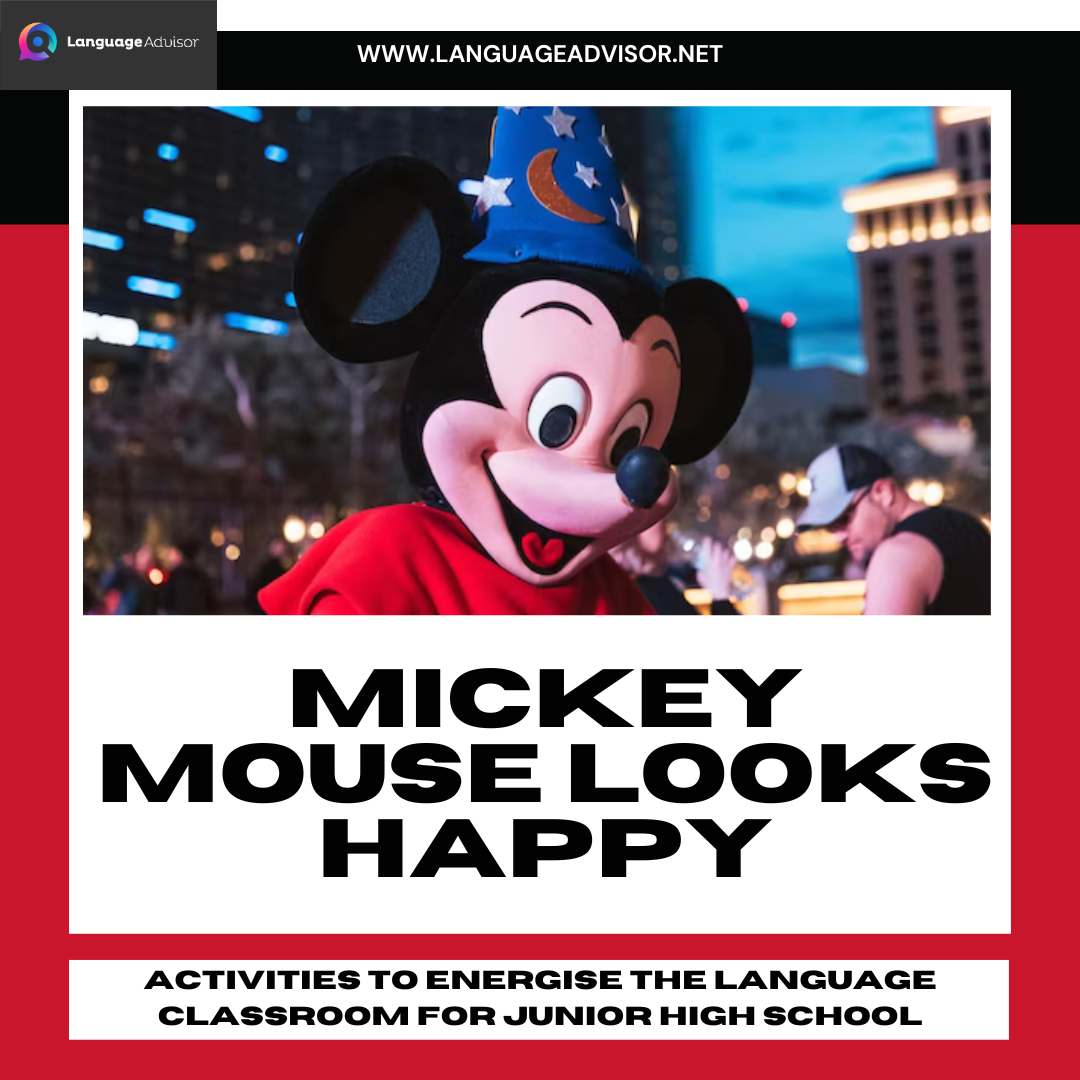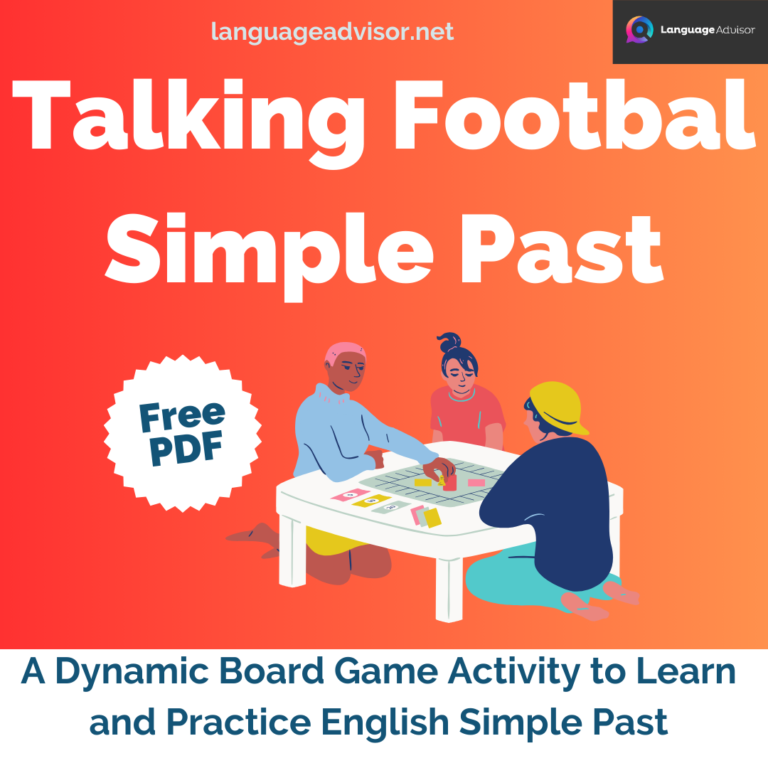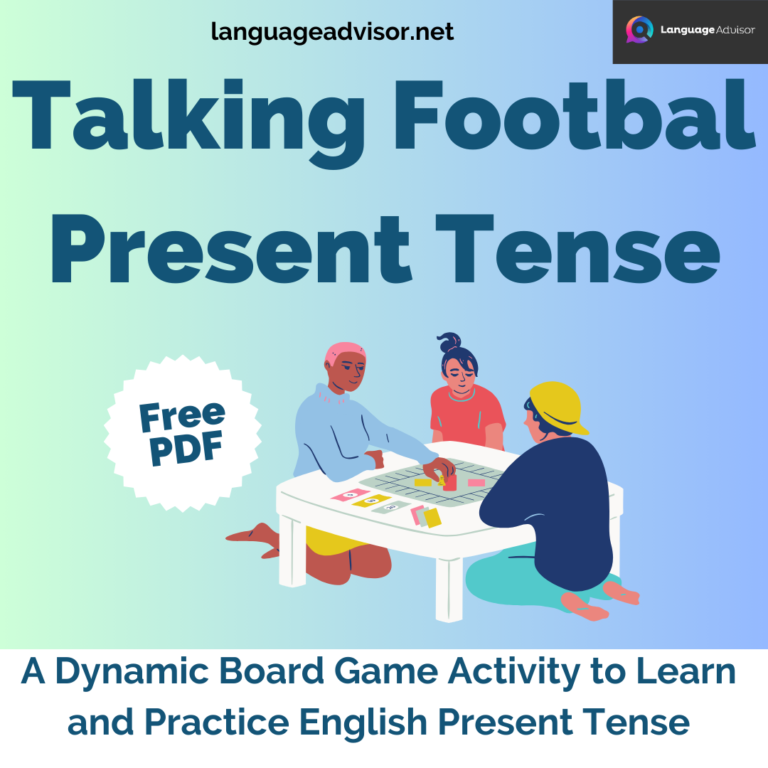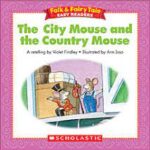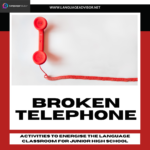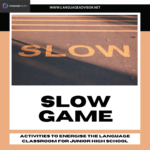MICKEY MOUSE LOOKS HAPPY. Games and Activities to Energise the Language Classroom for Junior High School
MICKEY MOUSE LOOKS HAPPY

Energising Language Classroom Activities for Junior High School: A Teacher’s Guide
Junior high school students often find language classes challenging, but as a language teacher, you have the power to transform these challenges into engaging learning experiences. Classroom activities are the key to achieving this transformation. These activities not only make learning enjoyable but also foster a deeper understanding of the language, leading to improved fluency and proficiency. In this blog post, we will explore a diverse range of innovative and interactive language classroom activities designed specifically for junior high school students. Whether you’re looking to enhance vocabulary retention, boost conversational skills, or make grammar lessons more enjoyable, this guide will provide you with a rich array of strategies to create a dynamic and effective learning environment for your students. Let’s embark on this journey to energize your language classroom and inspire your students to become passionate language learners.





MICKEY MOUSE LOOKS HAPPY
Target Group: 1st year
Difficulty Level: Basic Conversation
Activity Objective: To practice describing descriptions of something using “looks,” ex: “Mickey Mouse looks happy
MICKEY MOUSE LOOKS HAPPY – Procedure
You stand in the front of the class showing a picture of “Mickey Mouse” and ask, “Who is this?” as a warm-up for the students’ listening. To provide support, I can guide them in remembering how to answer the question without directly giving them the answer if they are unsure.
After showing the picture, I say, “Mickey Mouse looks happy.” I repeat the sentence three times and then put the parts of the sentence on different colored construction paper on the blackboard, one by one. I have the students repeat the parts of the sentence out loud as a class three times. The same process is repeated with Goku’s picture, but this time the sentence under Goku’s picture is, “Goku looks sad,” emphasizing the words “look” and “sad.”
After repeating the sentences as a class, we remove the sentences from the board while keeping the pictures of Mickey Mouse, Goku, and SpongeBob. When introducing SpongeBob’s picture, I change the word “looks” to “look” to demonstrate the third person plural conjugation. I ask if any students heard a variation from the original sentence pattern.
The same is done with Goku and the other sad Dragon Ball character. The pieces of construction paper are held on the blackboard with magnets, and the class repeats both sentences three times each. From here, you begin an explanation of how in English, “look” can have different meanings depending on the context. At this point, a worksheet will be handed out for the students to practice.
Materials and Preparation
One picture of a sad Goku character.
One picture of another sad Dragon Ball Z character.
One picture of a happy Mickey Mouse.
One picture of a happy SpongeBob.
Three types of different colored construction paper.
The pictures are printed from the Internet on colored A4-sized paper. The construction paper’s color is used to separate the nouns, verbs, and adjectives when they are put on the blackboard. Magnets are used to hold up the pictures and parts of the sentences that are written on the construction paper.
Suggestions and Advice
Sometimes, you can start the class by saying, “Mickey Mouse is happy,” and you ask the students what it means. When everyone understands, you introduce the new grammar and ask them what is different and what they think it means. Another thing that you have found helpful is to take the adjective construction paper cards and review the meaning before entering the explanation so that students know what the adjectives are before learning the new grammar point. You have also made your character cards, such as a sad Pikachu with tears and holding a tissue, as well as a two-sided Mukku character with a happy face and a normal frightened face. Changing the adjectives can give the students a wider grasp of the usage of the grammar point.





Energising Language Classroom Activities for Junior High School
In the world of language teaching, fostering a love for learning and effective communication is our ultimate goal. By implementing these engaging classroom activities for junior high school students, you are not only enhancing their language skills but also creating an environment where curiosity, creativity, and enthusiasm thrive. As we wrap up our exploration of these energizing language activities, remember that your role as a teacher is invaluable, and your dedication to making language learning exciting and impactful is what sets the stage for your students’ future success.
So, continue to innovate, adapt, and personalize these activities to suit the unique needs and interests of your students. Watch as their confidence soars, their vocabulary expands, and their ability to communicate fluently grows. With your guidance and these engaging activities in your teaching toolbox, you are well on your way to inspiring a new generation of confident and capable language learners. The journey to language proficiency may be challenging, but with your passion and these activities, it is always an exciting one.
Happy teaching!





Also check out these articles on teaching, teaching methods and teaching tools






